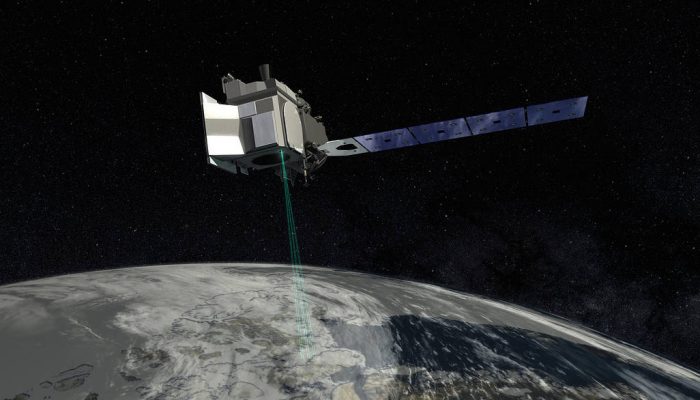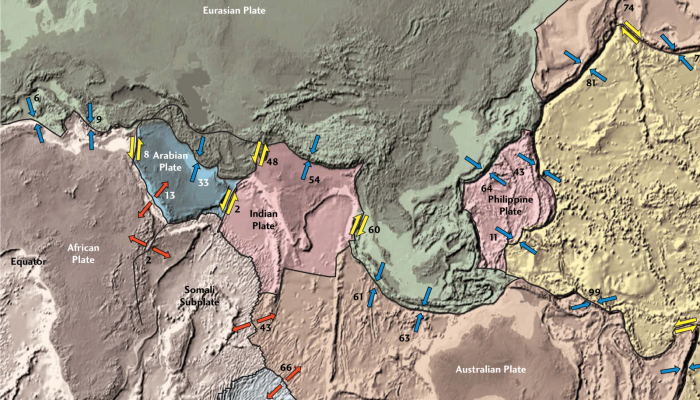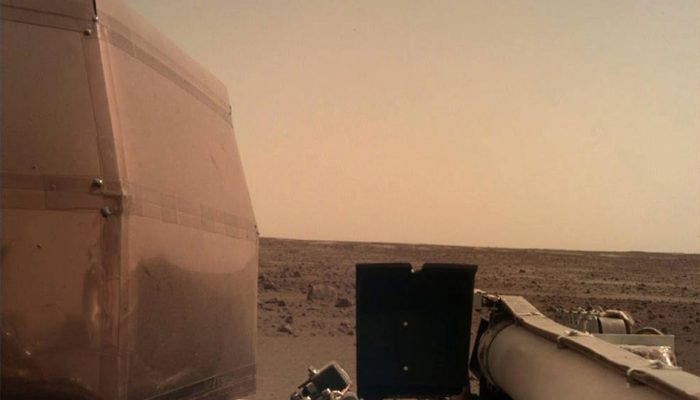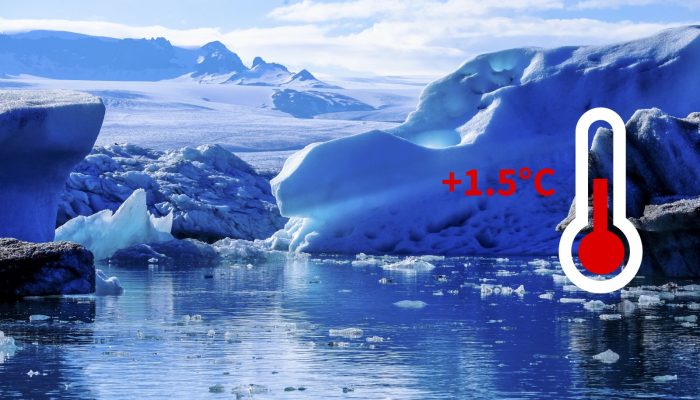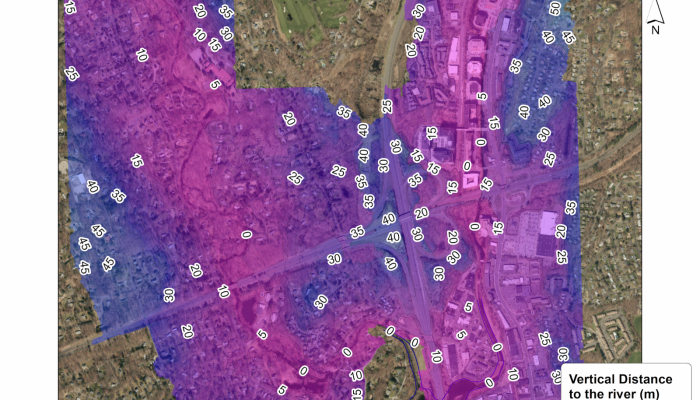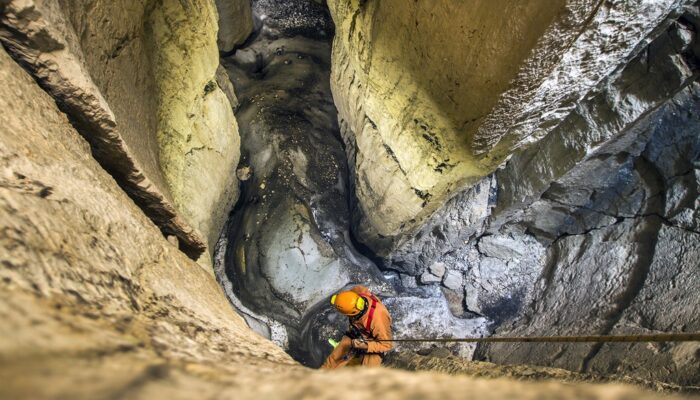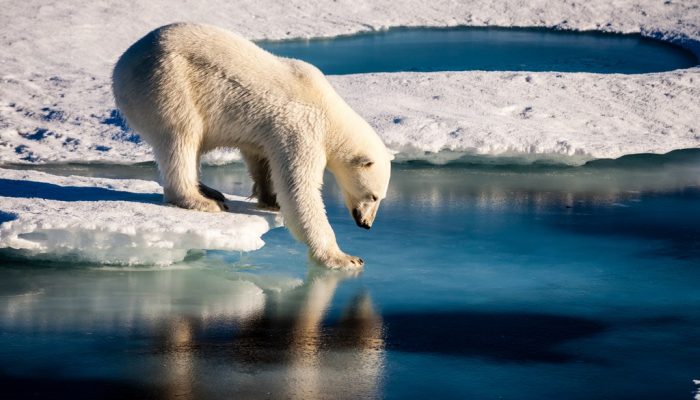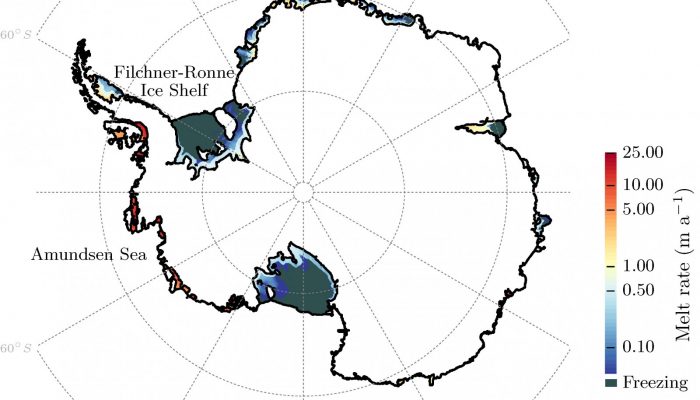On September 15th, 2018, at 18:02 local time, NASA launched its newest satellite – the second generation Ice, Cloud and land Elevation Satellite (ICESat-2). ICESat-2 only contains one instrument – a space laser that fires 10,000 pulses per second to Earth to measure elevation. Its primary purpose is for monitoring the ever changing cryosphere, so naturally there are plenty of ice enthusiasts ...[Read More]
Tectonics and Structural Geology
Meeting Plate Tectonics – Mathilde Cannat
These blogposts present interviews with outstanding scientists that bloomed and shape the theory that revolutionised Earth Sciences — Plate Tectonics. Get to know them, learn from their experience, discover the pieces of advice they share and find out where the newest challenges lie! Meeting Mathilde Cannat Mathilde Cannat started her career at the early age of 26 when she obtained her Doctorate i ...[Read More]
GeoLog
November GeoRoundUp: the best of the Earth sciences from around the web
Drawing inspiration from popular stories on our social media channels, major geoscience headlines, as well as unique and quirky research, this monthly column aims to bring you the latest Earth and planetary science news from around the web. Major stories Earth’s red and rocky neighbor has been grabbing a significant amount of attention from the geoscience media this month. We’ll give you the rundo ...[Read More]
Cryospheric Sciences
Ice-hot news: The cryosphere and the 1.5°C target
Every year again, the Conference of Parties takes place, an event where politicians and activists from all over the world meet for two weeks to discuss further actions concerning climate change. In the context the COP24, which started this Monday in Katowice (Poland), let’s revisit an important decision made three years ago, during the COP21 in Paris, and its consequences for the state of the cryo ...[Read More]
Geodynamics
Get conference ready!
It’s almost time for the AGU fall meeting 2018! Are you ready? Have you prepared your schedule and set up all your important business meetings? Here are some final tips to nail your presentation and/or poster! Nailing your presentation • The art of the 15-minute talk: how to design the best 15-minute talk • Presentation skills – 1. Voice: how to get the most out of your presentation vo ...[Read More]
Natural Hazards
Combining geomorphology, geomorphometry and natural hazards research: the way forward
Today I have the honour to introduce a friend and a brilliant scientist that recently won the 2019 Arne Richter Award for Outstanding Early Career Scientists of the EGU, Dr Giulia Sofia. Dr Sofia is currently Assistant Research Professor at the University of Connecticut (USA) in the Hydrometeorology and Hydrologic Remote Sensing group. She received a B.S. and M.S. in Forestry Science, and PhD (201 ...[Read More]
Climate: Past, Present & Future
God does not play DICE – but Bill Nordhaus does! What can models tell us about the economics of climate change?
Climate change has been described as “the biggest market failure in human history”[1]. Although fuel is costly, emitting the by-product CO2 is for free; yet it causes damages to society. In other words, those who benefit, by using the atmosphere as waste dump, do not pay the full costs, i.e. the adverse effects climate change has on societies on a global scale. Can this market failure be cured? Sh ...[Read More]
GeoLog
Imaggeo on Mondays: Exploring ice in the deep
The occurrence of sporadic permafrost in the Alps often needs challenging fieldwork in order to be investigated. Here in the high altitude karstic plateau of Mt. Canin-Kanin (2587 m asl) in the Julian Alps (southeastern European Alps) several permanent ice deposits have been recently investigated highlighting how also in such more resilient environments global warming is acting rapidly. Important ...[Read More]
GeoLog
Can the EU become carbon neutral by 2050? A new strategy from the EU!
On Wednesday 28 November 2018, the European Commission adopted a strategic long-term vision for a climate neutral economy (net-zero emissions) by 2050! A Clean Planet for All, tactically released ahead of the 24th Conference of the Parties (COP 24), which will be hosted in Katowice, Poland from 2-14 December, describes seven overarching areas that require action and eight different scenarios that ...[Read More]
Cryospheric Sciences
Image of the Week – (Un)boxing the melting under the ice shelves
The Antarctic ice sheet stores a large amount of water that could potentially add to sea level rise in a warming world (see this post and this post). It is currently losing ice, and the ice loss has been accelerating in the past decades. All this is linked to the melting of ice – not at the surface but at the base, underneath the so-called ice shelves which form the continuation of the Antarctic i ...[Read More]

